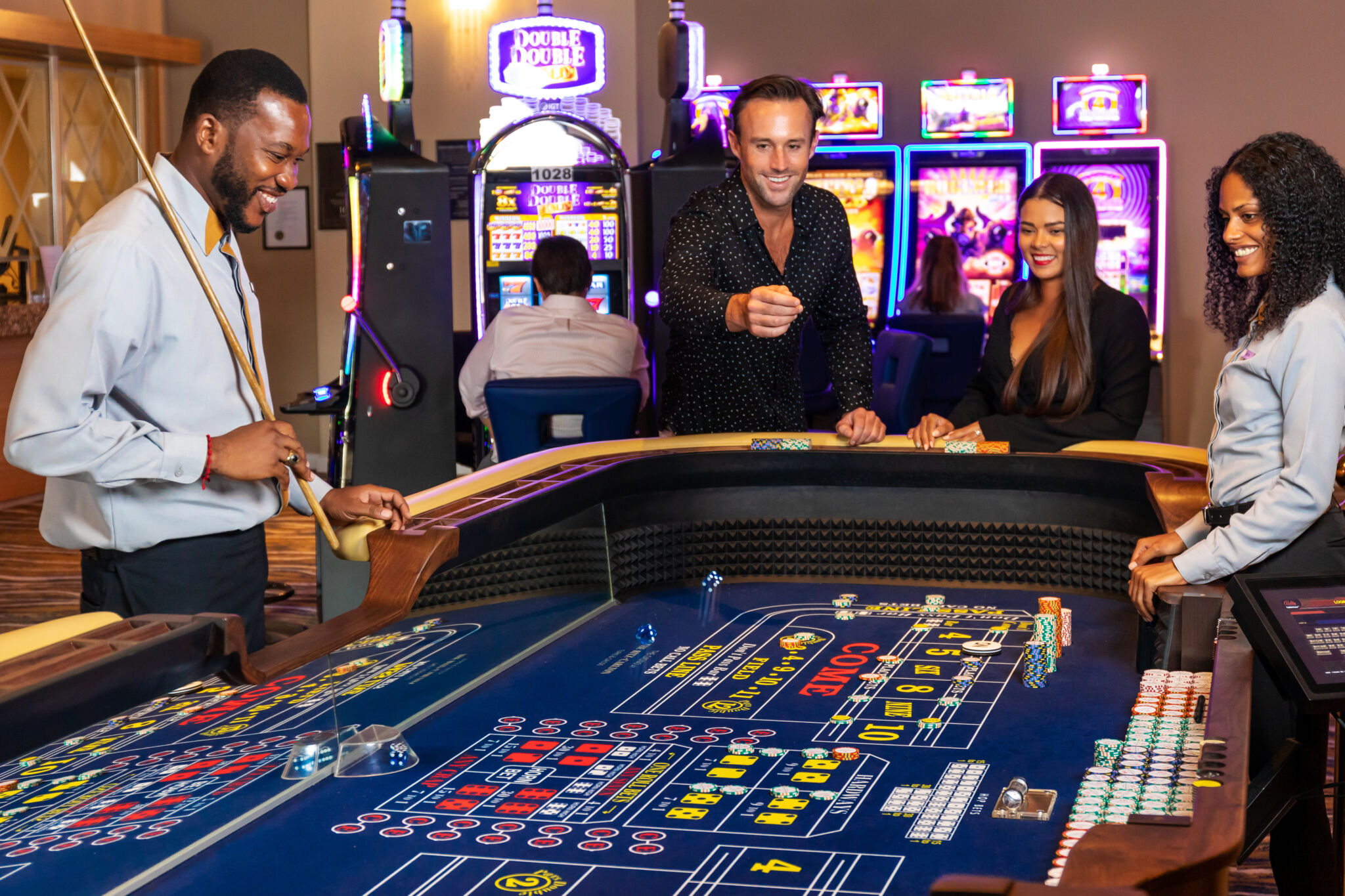The saga of gaming machines is a fascinating narrative that mirrors the evolution of amusement and wagering across the ages. From their modest origins in the final decades of the 1800s to becoming a fixture in casinos around the planet, these games of fortune have gone through remarkable transformations. Slot machine games have captivated players with their bright designs, immersive concepts, and the hope of transformative jackpots.
At first created as analog devices with spinning reels and few symbols, slot machines have transformed into advanced tech-based games that incorporate modern tech and dynamic elements. Today, they welcome millions of players, each wanting to win big with just the yank of a switch or the touch of a button. https://kubett.diy/ Investigating the fascinating history of these machines unveils not just the tale of a beloved hobby, but also a depiction of social evolution and technological advancements over the decades.
The Beginnings in Slot Machines’ History
The story of slot machines starts in the late 19th century, a time when mechanical devices were becoming popular in places of amusement. The first true slot machine was invented by Charles Fey in 1895, referred to as the Liberty Bell. This machine featured 3 spinning reels and 5 symbols: hearts, diamonds, spades, a horseshoe, and the legendary Liberty Bell. Players would pull a lever to spin the reels, and if the symbols matched in a particular combination, players won a payout. Fey’s invention quickly captured the attention of gamblers and paved the way for future developments in casino slots games.
As the concept of the slot machine gained popularity, numerous inventors looked to enhance Fey’s design. By the dawn of the 1900s, slot machines were becoming a common sight in saloons and amusement parks. In 1907, the first electromechanical slot machine was introduced by Herbert Mills, featuring a more intricate system of payout mechanisms and the renowned fruit symbols that are still associated with slots today. This evolution marked a major shift in the gaming industry, as machines became more engaging and user-friendly, attracting more players.

The popularity of slot machines remained high throughout the first half of the 20th century, resulting in their extensive use in casinos across the United States. However, as legal restrictions on gambling during the Great Depression posed challenges for the industry. Many machines were outlawed, but this did not stop innovators. Instead, they adjusted by creating machines that gave out candy or gum instead of cash prizes, effectively bypassing the restrictions while still offering the thrill of a casino slots game. This ingenuity kept the spirit of gambling alive, setting the stage for the future resurgence of slot machines in modern casinos.
Advancement of Gambling Machine Technology
The history of slot machines began in the closing 19th century with the invention of the first mechanical slot machines. Charles Fey, a San Francisco engineer, introduced the Liberty Bell slot machine in 1895, which included three spinning reels and five icons: hearts, diamond shapes, spades, a horseshoe, and the bell symbol itself. This basic yet captivating layout laid the groundwork for the future of gambling slots, creating an swift draw for players looking for excitement and a opportunity to win.
As technology progressed, so did the appearance and functionality of slot machines. By the mid 20th century, electromechanical machines emerged, adding electronic elements to boost gameplay and amplify payout possibilities. These advancements enabled for more complex features like multiple paylines and larger jackpots. The gambling venues adopted these developments, leading to the growth of slot machines as a major provider of revenue within the gaming industry, essentially altering the slots gaming experience.
The closing 20th and beginning 21st centuries introduced the digital revolution, resulting in the launch of digital slots. These devices changed out traditional reels with screens, enabling even more imagination in themes and gameplay mechanics. Players could now appreciate immersive graphics and sound effects, along with interactive bonus rounds. The shift to web-based gaming further transformed the gambling world, allowing slots reachable to a global audience at any time and wherever, thus marking a new phase in the progression of gaming machine advancements.
A Cultural Influence of Slot Machines
Slot machines have become more than just a means of entertainment; they have integrated into the fabric of mainstream culture. From movies and TV series to music and literature, these iconic gaming machines often act as symbols of chance and risk. Films like The Casino and Ocean’s 11 prominently highlight slots, depicting them as exciting yet unpredictable elements of the gambling experience. Their unique attraction lies in the sound of coins falling, the spinning reels, and the bright flashing lights, which together create an electric atmosphere that captures attention.
In addition, slot machines have influenced social gatherings and events, making them a centerpiece in casinos and gaming venues. Many people do not just visit a casino to gamble; they go for the entire experience, which encompasses the social interactions and the lively ambiance surrounding these machines. Special contests and themed gaming nights centered around slots also showcase their popularity, fostering community engagement and collective fun among players. This community aspect has contributed to the machines’ lasting popularity.
The advancement of technology has also transformed this cultural impact. Digital and online slots have expanded access to these games well beyond the walls of physical casinos. Players can now get their favorite casino slot games from home or on the move, leading to the rise of virtual forums and forums where enthusiasts share strategies and experiences. The continuous innovation in game design and the integration of storytelling have kept the cultural significance of slot machines alive, attracting younger audiences while maintaining a connection to their historical roots.